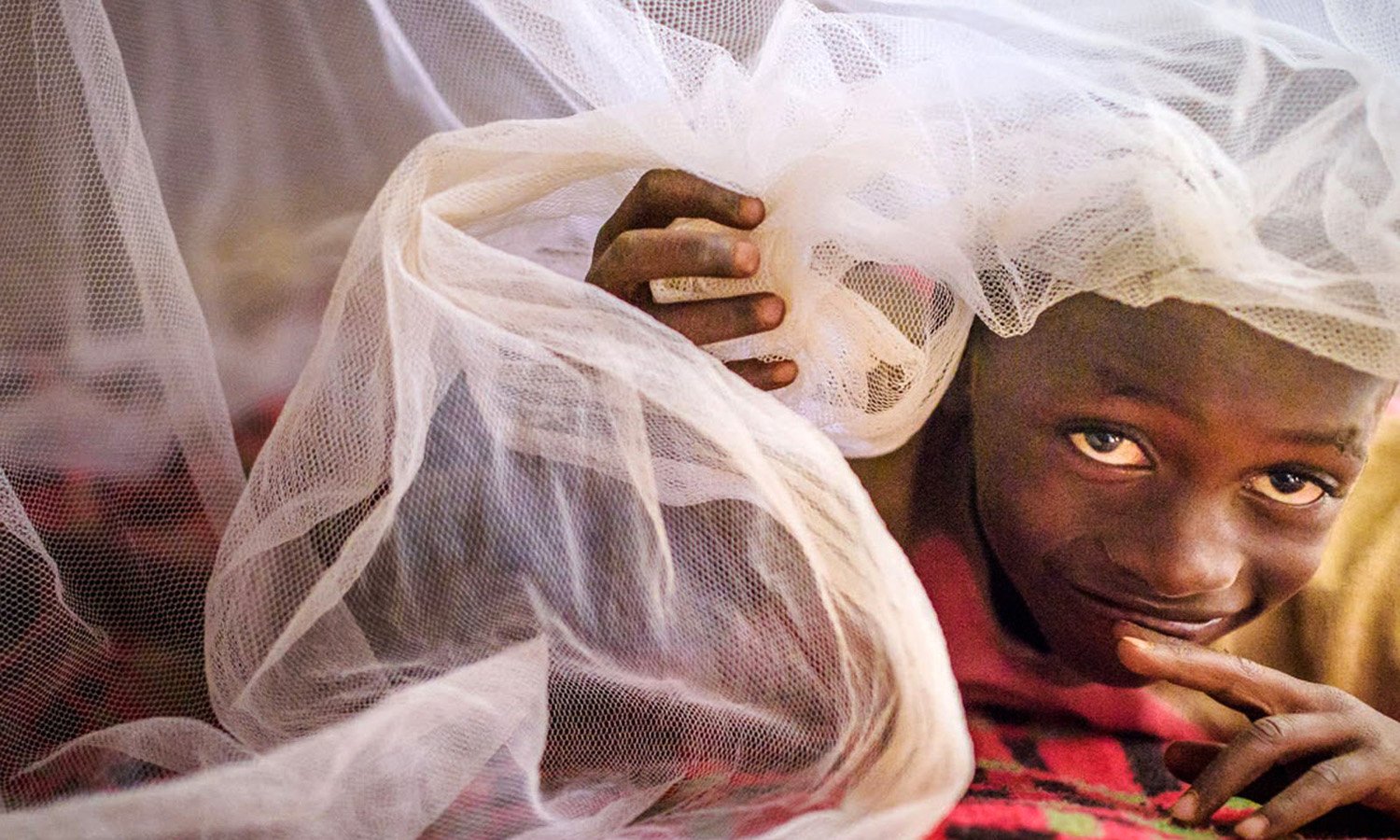Uganda can generate Shs10 trillion by ending child marriage - World Bank

Education. Teenage mothers attend a sensitisation meeting against underage marriages and gender-based violence in Kapchorwa District recently. PHOTO BY FRED WAMBEDE
What you need to know:
- Underage marriage. According to the report, one in three girls marry before the age of 18.
- It shows that notwithstanding a declining trend, one in three girls still marry before the age of 18 in Uganda, whether through formal or informal unions.
Kampala. Ending child marriage today could generate $3 billion (about Shs10.714 trillion) per year for Uganda by 2030, says a new report published by the World Bank.
The institutions said the above development will result in remarkable economic progress in Uganda in terms of reduction in poverty levels, reduction in high population growth rate, attainment of higher education by girls and high standards of living.
In contrast, the perpetuation of child marriage would lead to lower educational attainment for girls and their children, higher population growth, substantial health risks, higher intimate partner violence, and lower earnings for women, as well as higher poverty.
The report titled “Accelerating Uganda’s development: Educating girls and ending child marriage and early childbearing,” was released yesterday in Kampala.
It shows that notwithstanding a declining trend, one in three girls still marry before the age of 18 in Uganda, whether through formal or informal unions.
Almost three in 10 girls have their first child before the age of 18. As a result, the completion rate for both lower and upper secondary school for Ugandan girls remains low.
“The cost of child marriages does not fall solely on the girls and their babies but constitute an enormous lost opportunity for Ugandan society and the Ugandan economy. Educating girls and ending child marriages must be a top priority for any aspiring middle income country. Inaction is really not an option,” said Christina Malmberg Calvo, the World Bank country manager.
Early child marriage encourages high dependence ratio on the few working class, which results in lack of saving and investment due to outflow of the meagre resources. The burden of taking care of the child as a child mother contributes to low income due to rising population leading to low productivity in the economy since the teenage mothers have high incidences in disease that increase healthcare cost.
Ms Malberg said the largest economic benefits from ending child marriage would result from a reduction in population growth and thereby higher standards of living and lower poverty.
Presenting the report findings, the World Bank lead economist in charge of education and global practice, Dr Quentin T. Wodon, said the economic benefits of ending child marriage grow over time, potentially reaching $2.4 billion (about Shs8.571 trillion) by 2030.
The second largest economic cost of child marriage is related to low educational attainment for girls, which in turn leads to lack of good jobs and low expected earnings in adulthood for women.
“Today, if women who had married as girls had been able to delay their marriage, their annual earnings could have been higher by an estimated $500 million (about Shs1.785 billion). The risks of young children being stunted or dying by age five due to child marriage and teen pregnancies at a young age also have large economic costs,” he said.
“Ending child marriage would likely result in a reduction in intimate partner violence, as young wives are more prone to violence from their partners. Finally, by reducing population growth, ending child marriage would reduce the pressure that providing basic services puts on the national budget. The savings could be invested to improve the quality of public services,” Dr Wodon added.
The risks of young children being stunted or dying by age five due to child marriage and teen pregnancies at a young age also have large economic costs.
Ending child marriage would likely result in a reduction in intimate partner violence, as young wives are more prone to violence from their partners.
The World Bank is optimistic that the boost for Uganda’s economy by ending child marriage, preventing early childbearing, and investing in girls’ education would be beneficial today given that the economy has been slowing down.
It would also reduce the pressure that providing basic services puts on the national budget. The savings could be invested to improve the quality of public services.
Uganda’s economy has been growing below its potential in the recent years.
The World Bank points out that at 4.5 per cent per annum, the average rate of growth for the past five years is far lower than the rate of 7.0 per cent achieved in the 1990s and early 2000s.
Responding to the report, the director of basic and secondary education, Mr Robinson Nsumba-Lyazi, said: “Whereas there are several factors that contribute to high school drop-out in Uganda; it is important to note that 25 per cent of the adolescent girls in Uganda of age 10 to18 years, drop out of school due to child marriage and teenage pregnancy.”
Mr Nsumba-Lyazi said the Education ministry had already taken measures to reduce child marriage and teenage pregnancy.
“We are currently implementing the National Strategy on Girls’ Education (2014-2019), the National Strategic Plan on the Elimination of Violence against Children in Schools (2015-2020), Reproductive Health and Rights Education, and the National Strategy to End Child Marriage and Teenage Pregnancy (2014/2015-2019/2020),” he said.
Order of Magnitude of Selected Monetary Benefits from Ending Child Marriage
Domains of Impact Annual Benefit in 2015 Annual Benefit in 2030
[Most estimates in PPP or Purchasing Power Parity]
Fertility and population growth
(1) Welfare cost US$95 million (PPP) US$2.4 billion (PPP)
(2) Budget savings for education No benefit Up to US$257 million (current)
Health, nutrition, and violence
(3) Under-five mortality US$104 million (PPP) US$194 million (PPP)
(4) Under-five stunting US$43 million (PPP) US$81 million (PPP)
Education and earnings
(5) Earnings loss for women US$514 million (PPP) Not estimated




